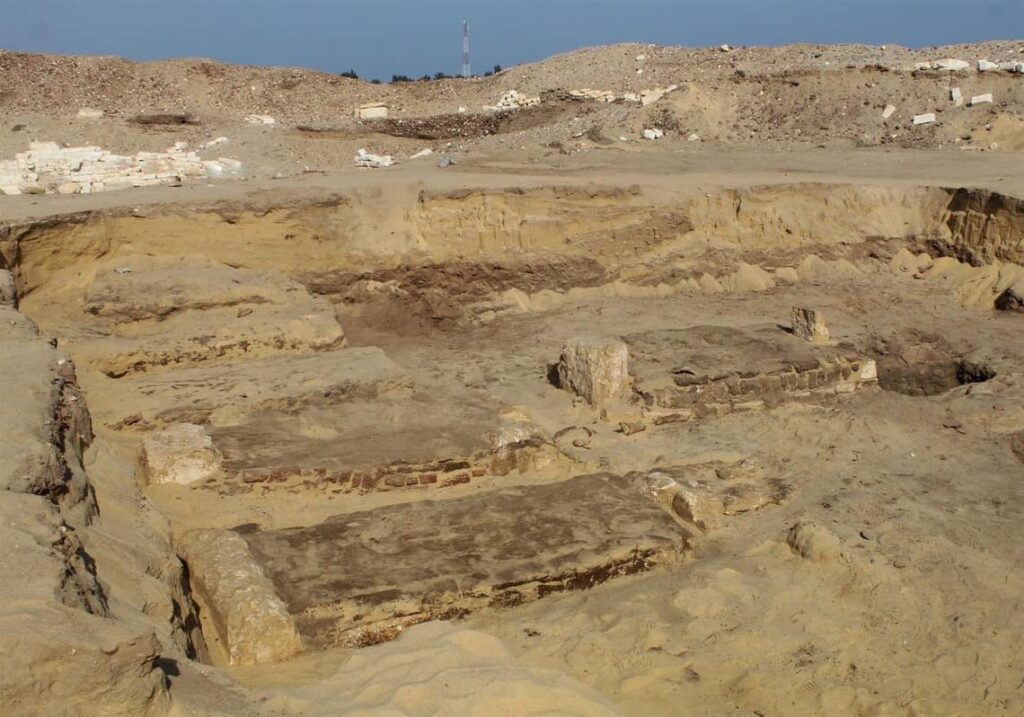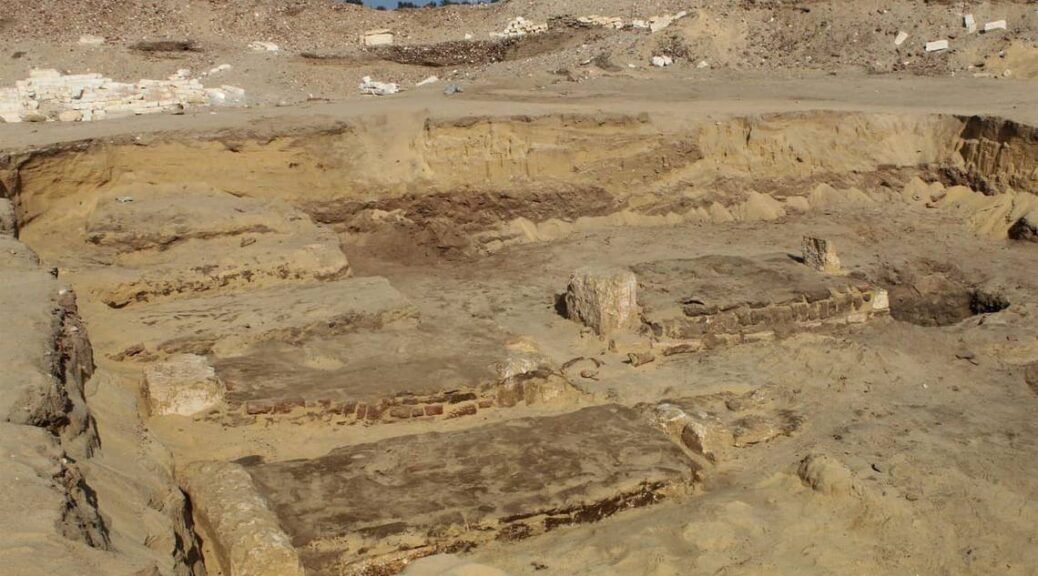Group Of Persian, Roman and Coptic Tombs Discovered In Egypt

Twenty-two tombs dating to Persian, Roman and Coptic eras were uncovered at an archaeological site in Egypt, officials said.
The burial site — which included coffins and pottery — was found at the Al Bahnasa archaeological area about 130 miles south of Cairo, according to a Feb. 24 news release from the Egyptian Ministry of Tourism and Antiquities.
Three of the unearthed tombs dated to the Persian period, the earliest of the three eras associated with the site, officials said.
The Persian period lasted from about 500 to 400 BC and was associated with the Persian Empire’s domination of Egypt, according to research from the Metropolitan Museum of Art.

Three other tombs, which were made of limestone, dated to the Roman period, officials said.
The Roman period began with Caesar Augustus’ arrival to Egypt in 30 BC and lasted for about another century, according to the Metropolitan Museum of Art. But the majority of the tombs, 16, dated to the Byzantine or Coptic periods, which followed the Persian and Roman eras and were associated with the spread of Christianity in Egypt, according to University College London research.
The tombs varied in their conditions. Some were lacking funerary objects, indicating they might have been looted, officials said, while others appeared undisturbed and included bodies wrapped in decorated shrouds, according to the Emirates News Agency.
“One of the more notable finds were offerings consisting of two frogs deposited inside two jars,” the agency said. Additionally, ancient texts, written in Greek and Coptic, were found on the walls of the unearthed necropolis, officials said.
Greek was Egypt’s official language for government proceedings until is was replaced by Arabic in the 7th century, according to UCL research.
The entire burial complex has been rendered using 3D imaging, and archaeologists will continue examining it, officials said.
The Al Bahnasa site, located near the Nile River, has been continuously excavated for over a decade, according to the Egyptian Journal of Archaeological and Restoration Studies.
During the Roman age it was a prominent city known as Okserynekos. The recent excavations were undertaken by a team of Egyptian and Spanish archaeologists affiliated with the University of Barcelona, officials said.
